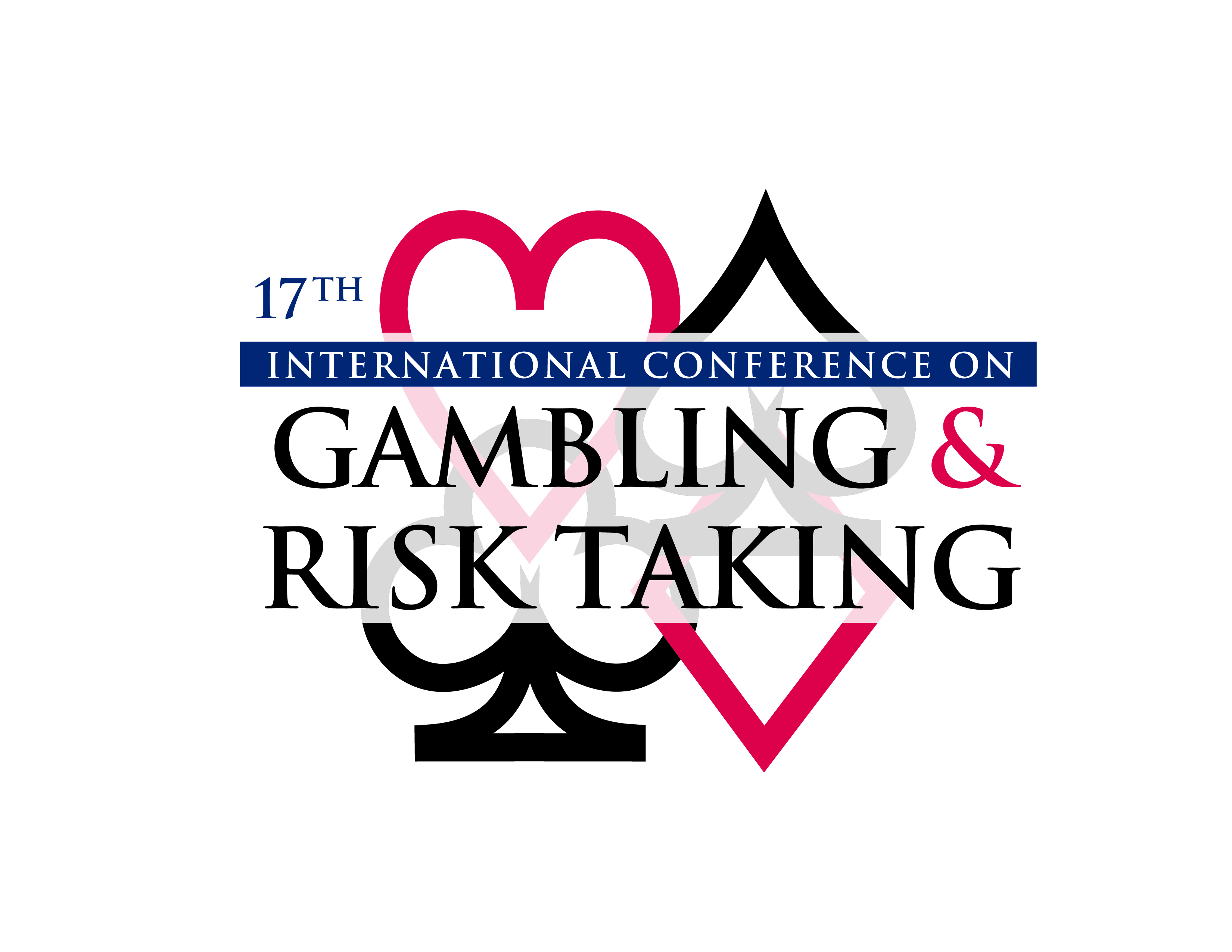G'day Sport! What can the US learn from the Australian sportsbetting experience?
Session Title
Session 1-4-C: Taxation and Regulatory Lessons
Presentation Type
Event
Location
Caesars Palace, Las Vegas, Nevada
Start Date
28-5-2019 3:30 PM
End Date
28-5-2019 4:55 PM
Disciplines
Advertising and Promotion Management | Business Administration, Management, and Operations | Business Analytics | Entertainment, Arts, and Sports Law
Abstract
The evolution of the Australian betting market may provide a roadmap on the opening of a monopoly betting market to full competition. New entrants, who were very experienced in a competitive landscape and first world regulation, took significant share from the incumbents, but the market also grew dramatically. Better player odds and more innovation in how wagering was delivered grew the leisure betting market. As a result, sports and race betting, from being moribund in past decades, is the fastest growing form of gambling in Australia. In 2017, annual losses by the almost 19m adult Australian residents on sports and race betting totalled A$3.1[1]bn, almost trebling since the mid 1990’s. To compare, in the 12 months to end September 2018, 32m people visited Nevada, but all Nevada race and sports book took $319m in revenues, about 10% of the Australian total. The growth has occurred in an environment where regulators initially struggled to keep pace with market forces, and where many challenges around content rights payments and effective regulation and taxation were posed and resolved. The market has evolved with little apparent mishap and is now relatively mature.
[1] All figures in US$ at exchange rate of A$1=US$0.73
Keywords
Sportsbetting, competition, monopolies, regulation, content rights, taxation
Funding Sources
No funding sources, the paper will be my own independent research.
Competing Interests
I serve currently on the board of an Australasian casino company. I haveheld this position since 2016. The company has no active involvement in sportsbetting. I did serve on the board of a thoroughbred racing regulator in the state of NSW from 2015 to 2016.
G'day Sport! What can the US learn from the Australian sportsbetting experience?
Caesars Palace, Las Vegas, Nevada
The evolution of the Australian betting market may provide a roadmap on the opening of a monopoly betting market to full competition. New entrants, who were very experienced in a competitive landscape and first world regulation, took significant share from the incumbents, but the market also grew dramatically. Better player odds and more innovation in how wagering was delivered grew the leisure betting market. As a result, sports and race betting, from being moribund in past decades, is the fastest growing form of gambling in Australia. In 2017, annual losses by the almost 19m adult Australian residents on sports and race betting totalled A$3.1[1]bn, almost trebling since the mid 1990’s. To compare, in the 12 months to end September 2018, 32m people visited Nevada, but all Nevada race and sports book took $319m in revenues, about 10% of the Australian total. The growth has occurred in an environment where regulators initially struggled to keep pace with market forces, and where many challenges around content rights payments and effective regulation and taxation were posed and resolved. The market has evolved with little apparent mishap and is now relatively mature.
[1] All figures in US$ at exchange rate of A$1=US$0.73
